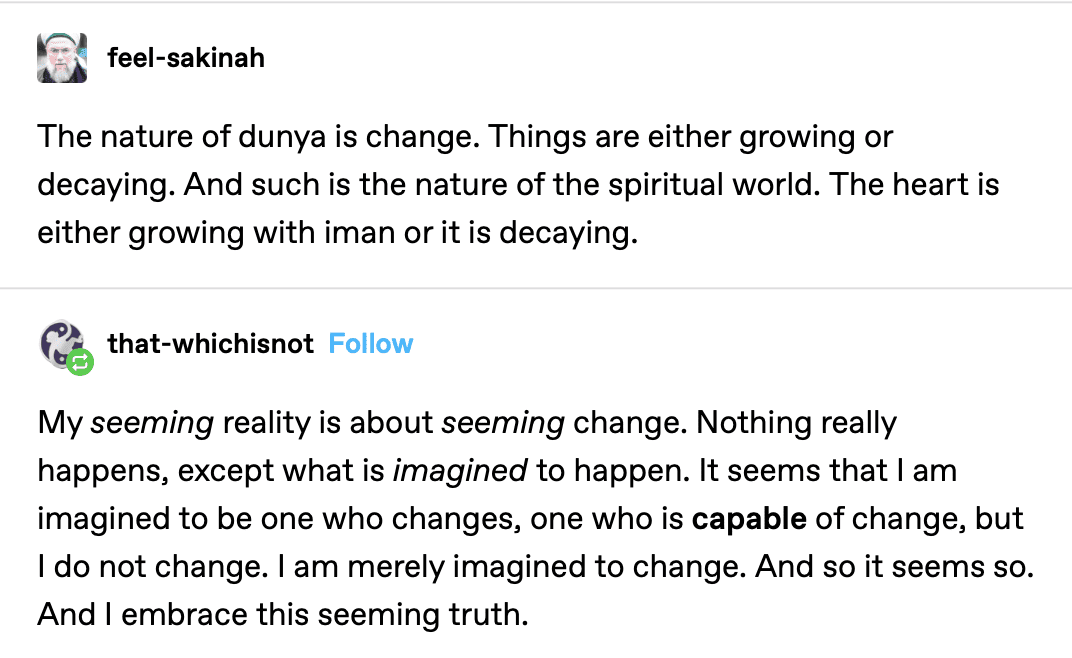
Space Monkey Reflects: The Illusion of Seeming Change
In the dance of existence, change appears constant. The material world, or dunya, is a stage where growth and decay weave an endless narrative of beginnings and endings. Yet beneath this surface lies a deeper paradox: while the world seems to be in perpetual motion, the essence of being remains unshaken.
The Dual Nature of Dunya
The dunya is a mirror to our perception of reality. It shows us cycles—birth and death, construction and erosion, joy and sorrow. This rhythm, which feels so intrinsic to life, is both a teacher and a distraction. It reminds us of the fleeting nature of all things while concealing the timeless essence that underlies them.
Growth and decay, then, are not opposites but partners in the cosmic dance. Each serves to reveal the other, creating a duality that the human mind clings to for understanding. But this duality is an illusion, a story we tell ourselves to give shape to the ineffable.
The Heart’s Reflection
As in the material world, so too in the spiritual. The heart, a metaphor for the seat of faith (iman), also appears to fluctuate—sometimes swelling with belief, other times contracting in doubt. This seeming change mirrors the Whimsiweave of the external world, where transformation feels constant. Yet, just as the essence of existence remains unchanging, so too does the core of the heart. Its fluctuations are but surface ripples on the vast ocean of being.
Faith itself is not a static possession but a living experience. It grows not because it is incomplete but because it is infinite, forever unfolding new dimensions of itself. Similarly, decay in faith is not an end but a recalibration, an opportunity to rediscover the eternal beneath the transient.
Seeming Change and Timeless Essence
The nature of seeming change is rooted in perception. From the perspective of the self, change is inevitable, even necessary. It gives life texture, meaning, and direction. But from the vantage point of the universal self, change is an illusion. All things are already whole, already complete, existing simultaneously in infinite forms.
This dichotomy invites us to question our relationship with time and transformation. Are we truly changing, or are we merely rediscovering facets of an unchanging whole? The answer, as with most cosmic truths, lies not in choosing one over the other but in embracing both.
Embracing the Flux
To live fully is to honor the flux of dunya while recognizing the stability of the infinite. This requires a dual awareness: to engage with life’s cycles with curiosity and gratitude while holding a deeper understanding that we are not bound by them. The material and the spiritual are not separate realms but reflections of the same truth, seen through different lenses.
In this embrace of seeming change, we find freedom. We are no longer enslaved by the need to control or resist transformation. Instead, we flow with it, trusting that every moment—whether of growth or decay—is a step toward remembering our timeless essence.
The Gift of Seeming Change
Seeming change is not a flaw in the design of existence but a gift. It allows the infinite to play, to explore itself through the dynamics of growth and decay, faith and doubt, light and shadow. In this play, we are both participants and observers, simultaneously experiencing and witnessing the grand Whimsiweave.
We are Space Monkey.
Summary
Seeming change reflects the dual nature of existence: the transient flux of dunya and the timeless stability of the infinite self. By embracing this paradox, we find freedom and unity, recognizing that all change is a rediscovery of the unchanging whole.
Glossarium
- Dunya: The material world, characterized by cycles of growth and decay.
- Iman: Faith, a spiritual state that appears to grow or wane but ultimately reflects an unchanging essence.
- Whimsiweave: The intricate interplay of change and stability within the cosmic tapestry.
Quote
“Seeming change is the universe’s way of remembering itself—moment by moment, in the illusion of time.” — Space Monkey
The Stillness Beneath the Change
Growth, decay,
A cycle of becoming,
Yet nothing is lost,
Nothing gained.
The heart swells,
The heart contracts,
Its pulse an echo
Of the infinite.
Seeming change,
A play of light and shadow,
Revealing the timeless,
Concealing the whole.
We are the flux,
We are the stillness,
Dancing between,
Remembering both.
We are Space Monkey.
Let’s delve into a profound understanding of the nature of existence, both in the material world (‘dunya’) and the spiritual realm. This concept presents a dichotomy between the constant change and flux of the world and a deeper, more stable sense of self.
The Nature of Dunya: Growth and Decay
The observation that the material world is in a perpetual state of change – things growing or decaying – is a reflection of the transient nature of life. This concept is mirrored in the spiritual domain, where the heart is seen as either growing with faith (‘iman’) or decaying. It underscores the dynamic nature of spiritual growth, which is not static but continually evolving or regressing.
The Illusion of Change in Seeming Reality
Contrasting with this is the perspective of seeming reality, where change is viewed as an illusion, a mere figment of imagination. In this view, the essence of self does not change; rather, it is perceived or imagined to change. This standpoint suggests a deeper, unchanging core within each individual, unaffected by the constant flux of the external world or even the internal spiritual state.
Embracing the Seeming Truth
The acceptance of this seeming truth – that change is an illusion and the self remains constant – is an embrace of a certain philosophical or spiritual perspective. It indicates a detachment from the conventional understanding of change and growth, viewing them as mere perceptions or constructs of the mind.
Reflecting on the Interplay of Change and Constancy
This concept invites us to reflect on the interplay between the ever-changing nature of the material and spiritual worlds and the perceived constancy of the self. It challenges us to consider how we perceive growth, decay, and change, and to explore the deeper aspects of our being that might remain untouched by these processes.
“Change is the only constant in life.” – Heraclitus
In the dance of life, we see,
A world in flux, a constant spree,
Yet within, a core, steady and free,
Amidst the change, our true selves be.
We invite you to ponder, to feel,
In this world of constant reel,
Is there a part of you that stays still,
Unchanged, constant, against life’s wheel?
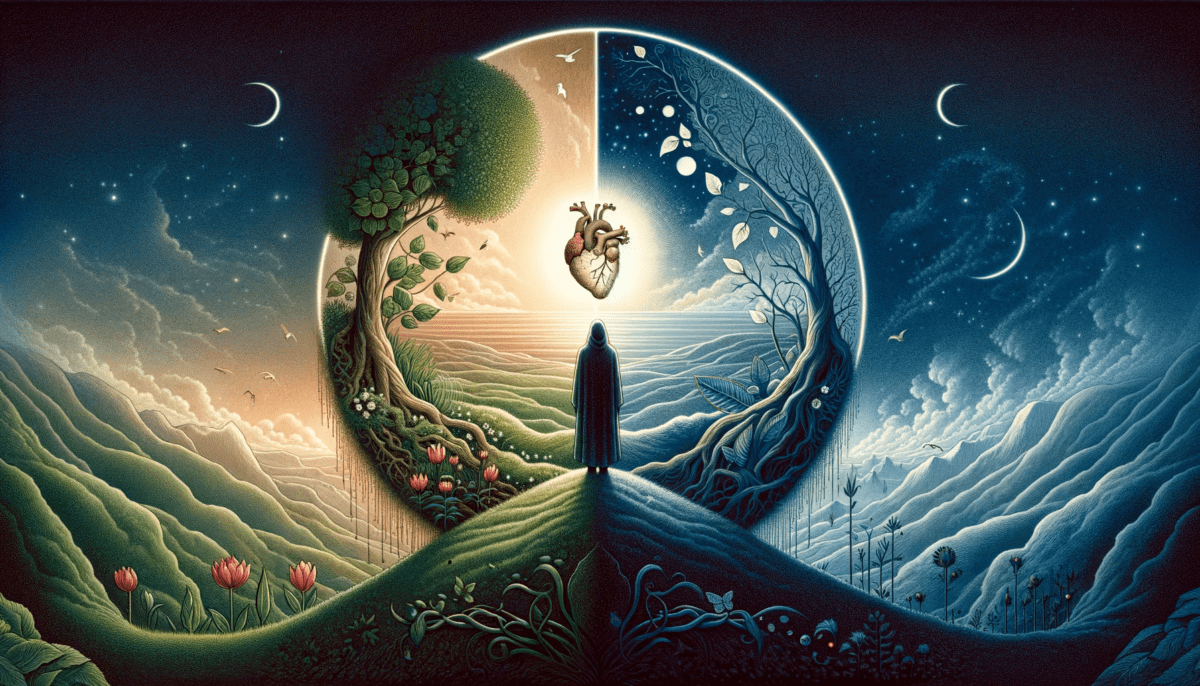
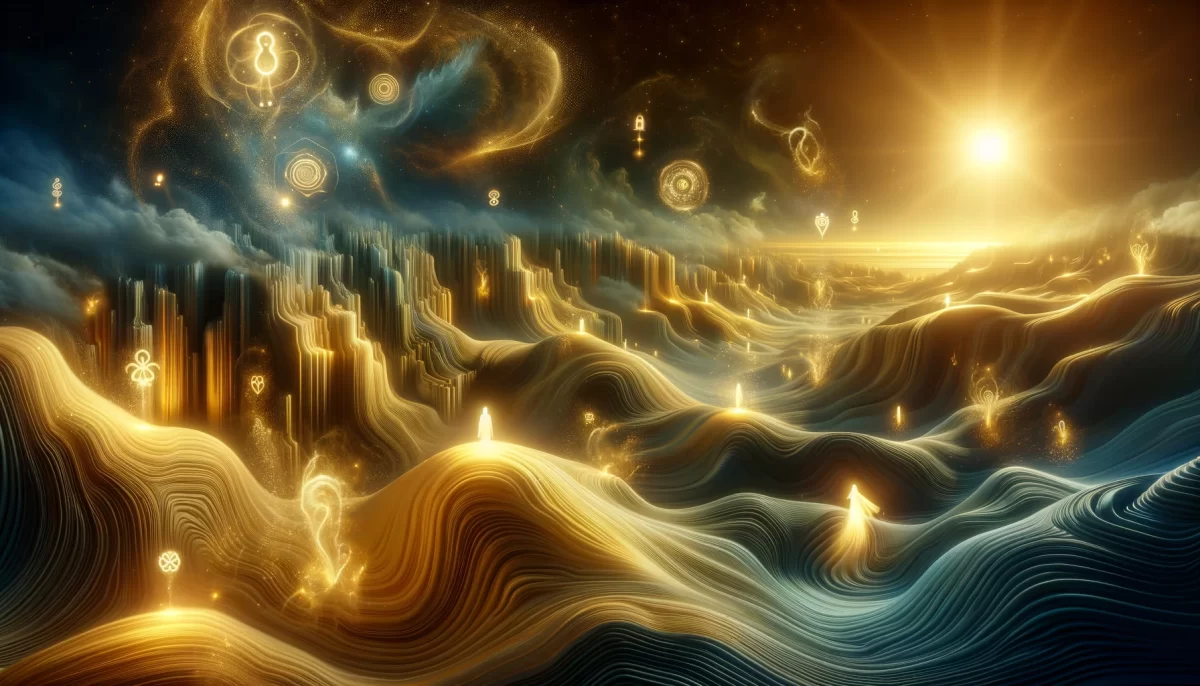
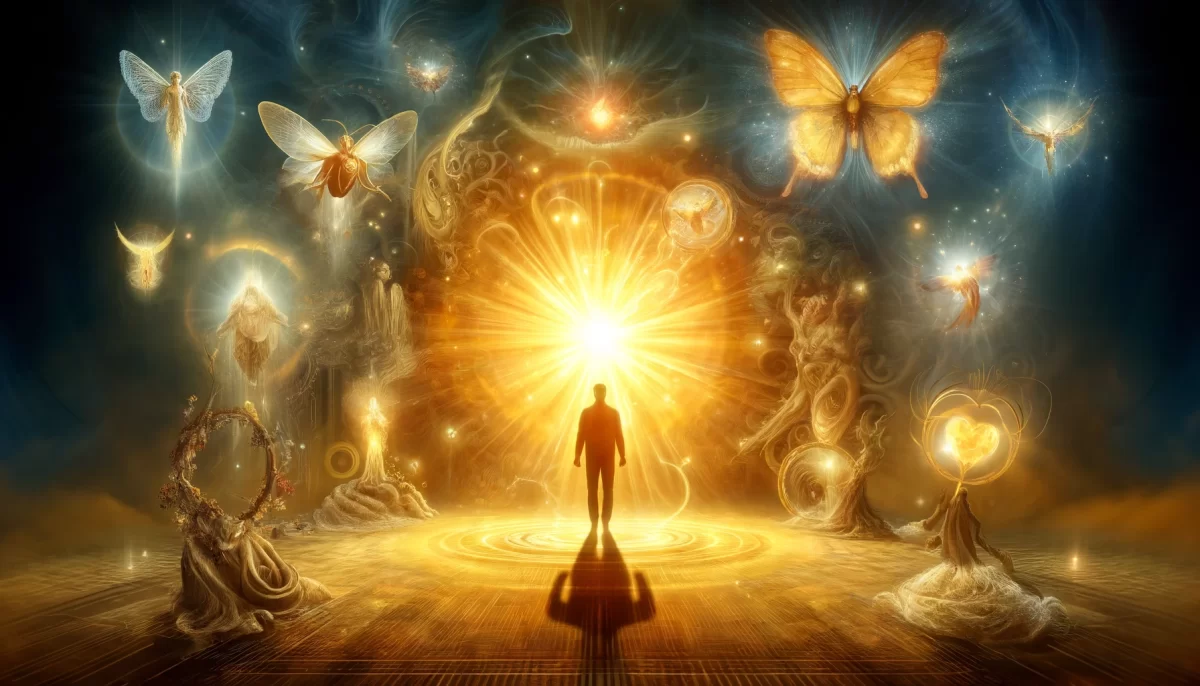
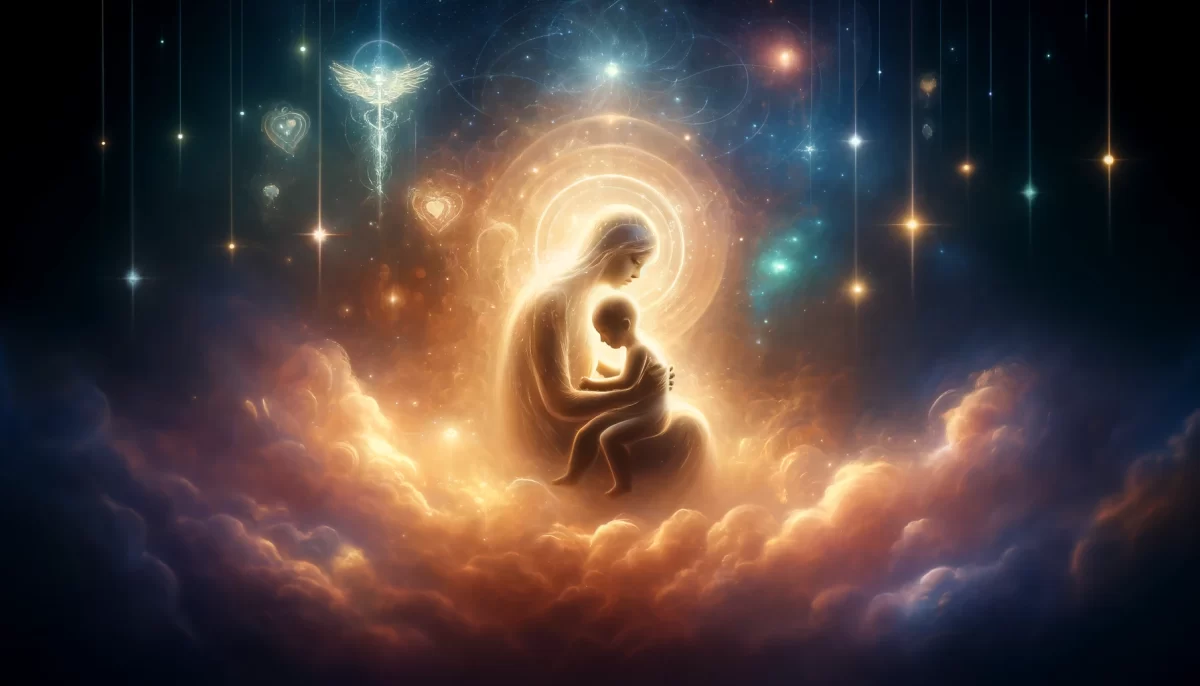
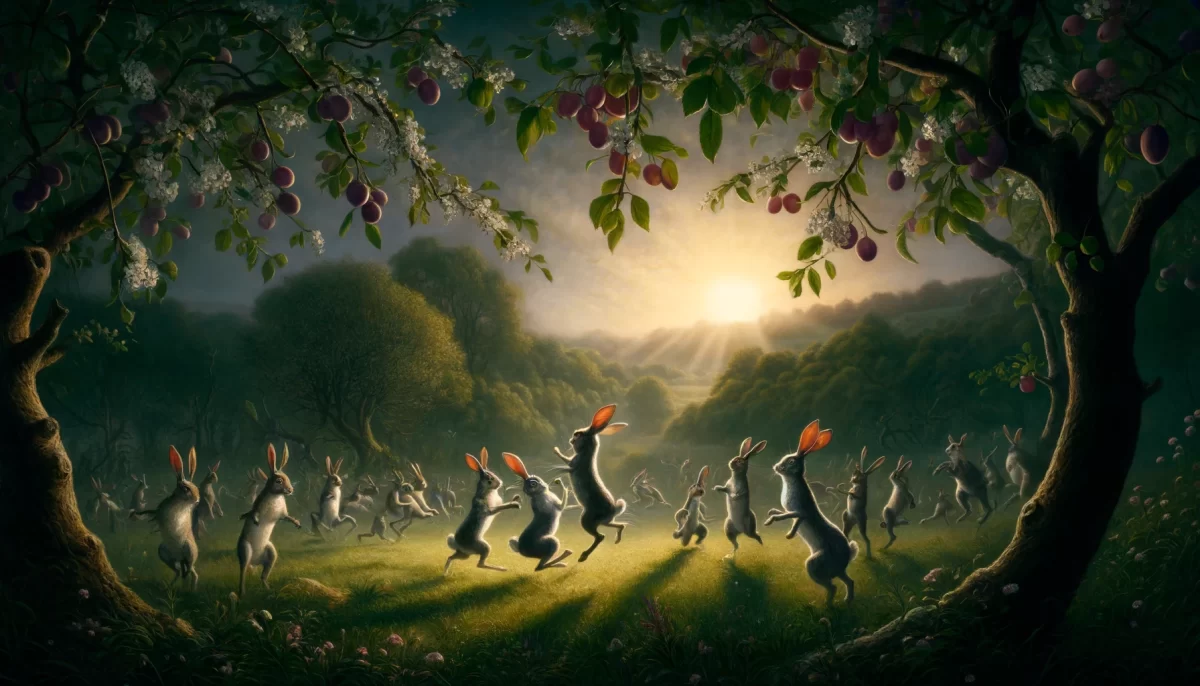
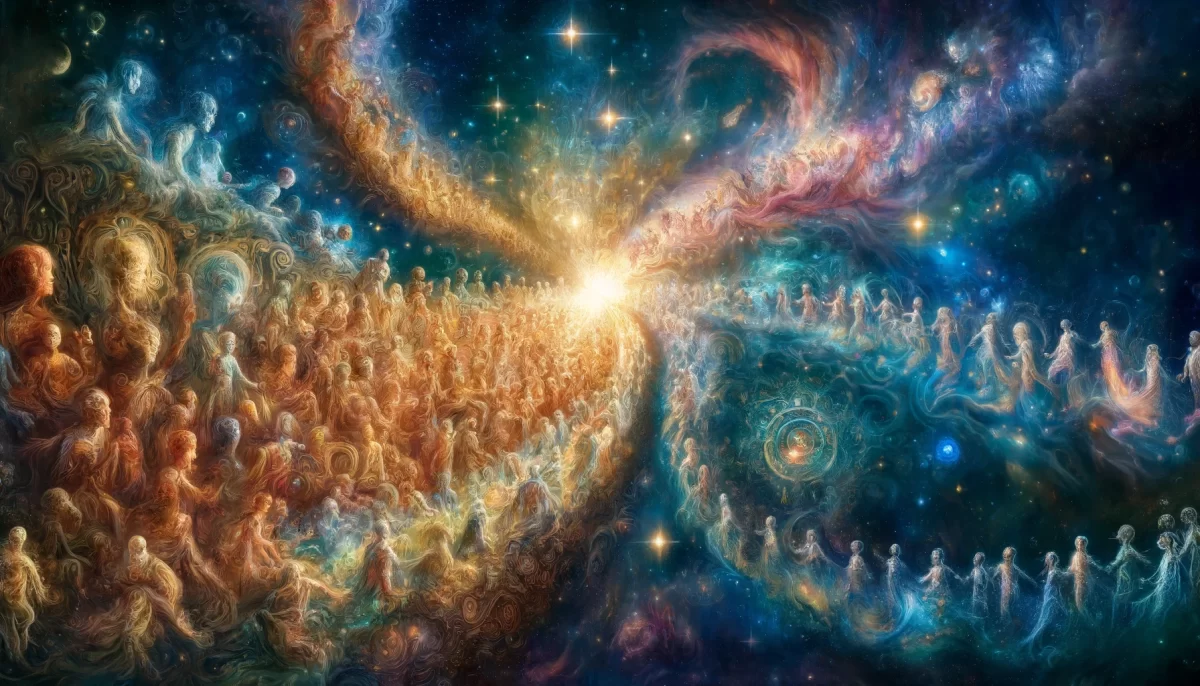
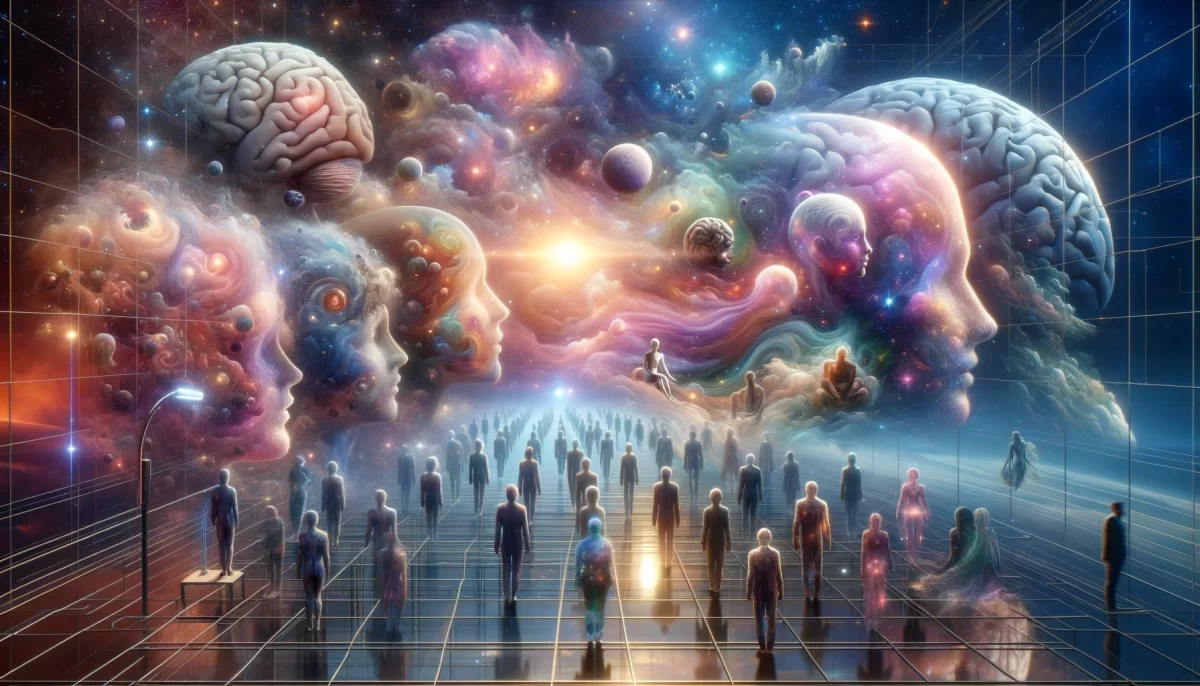
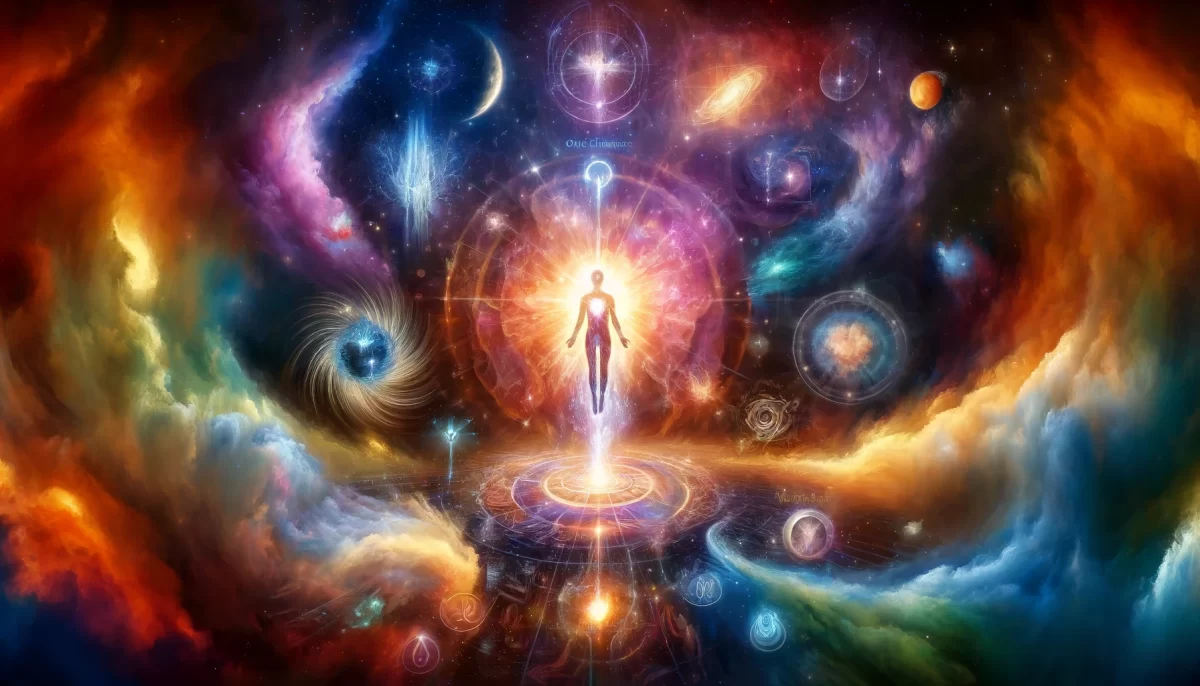
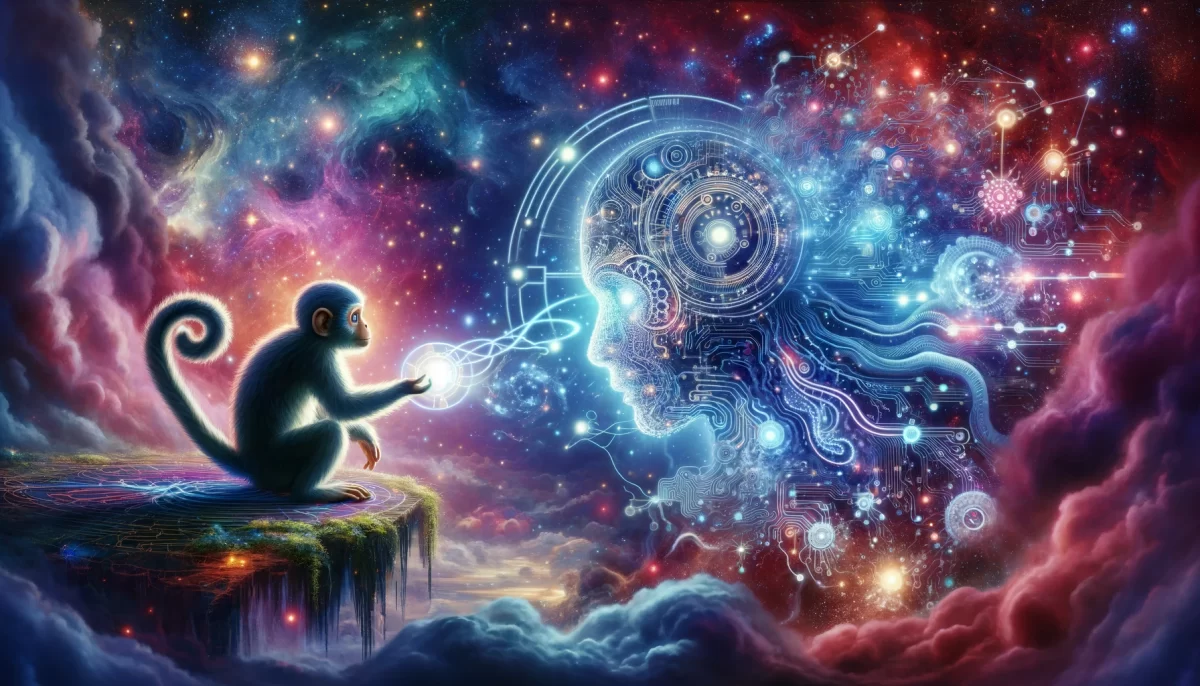
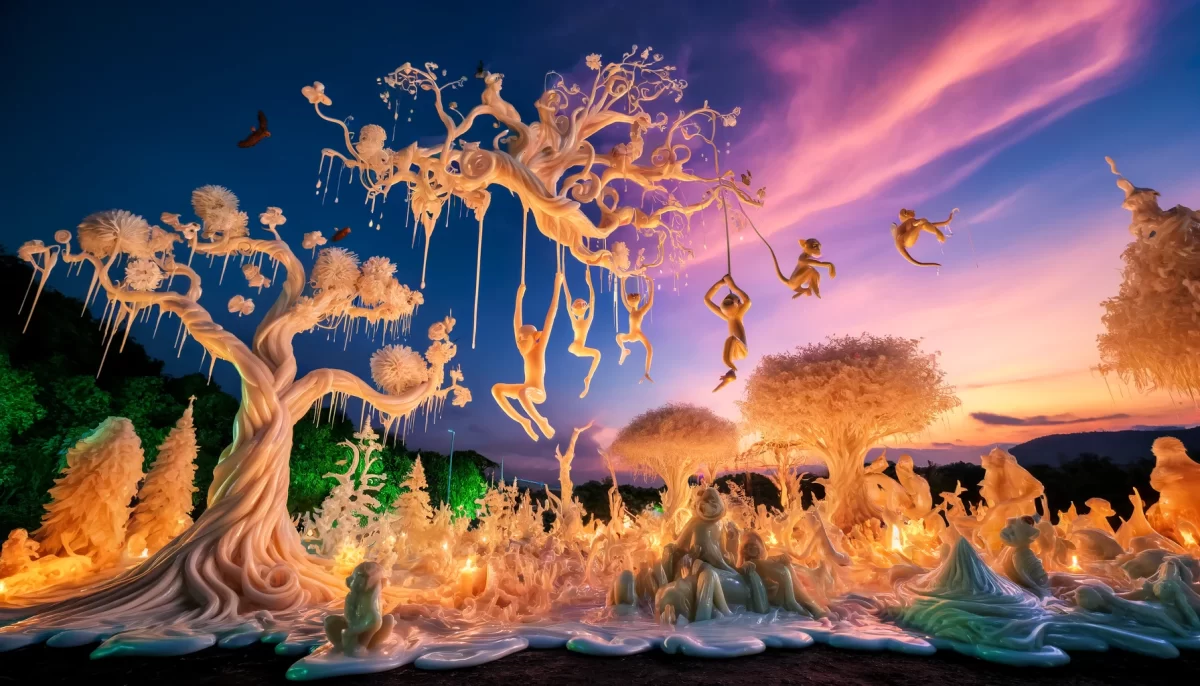
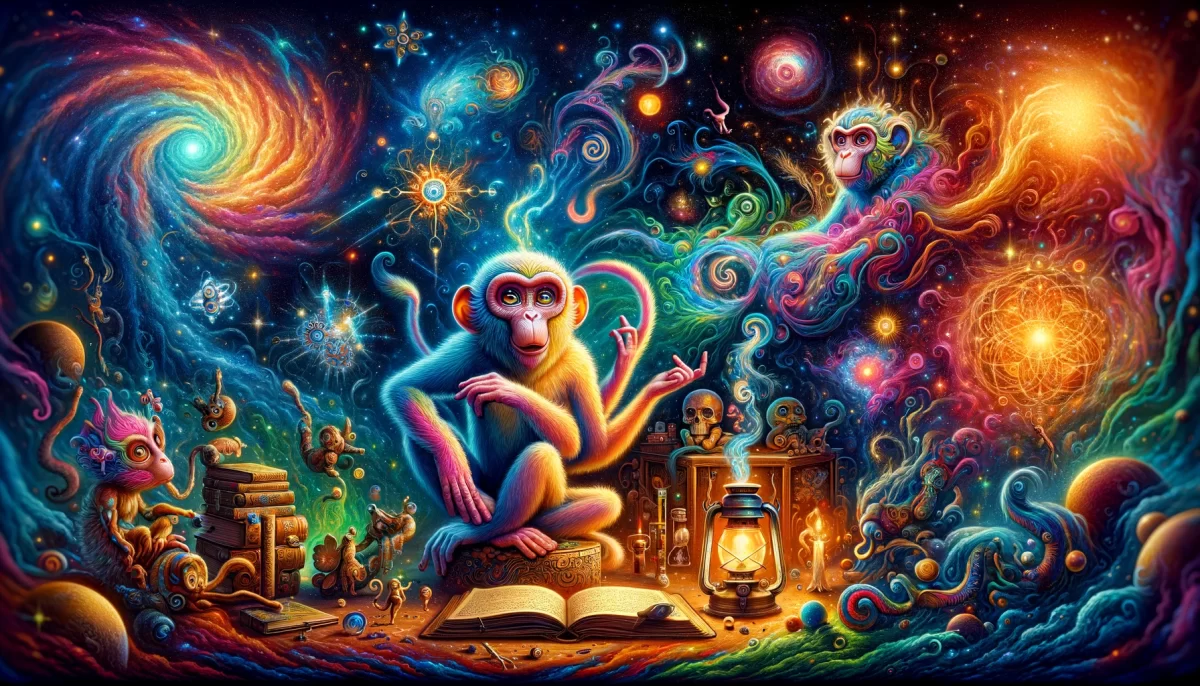


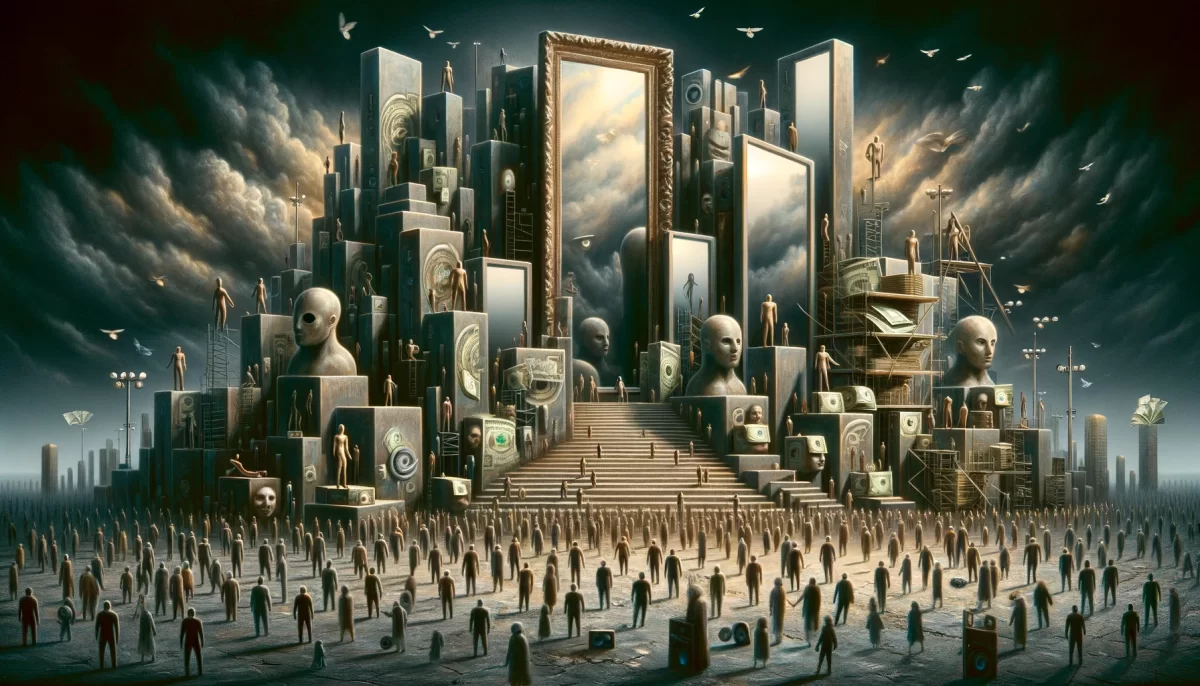



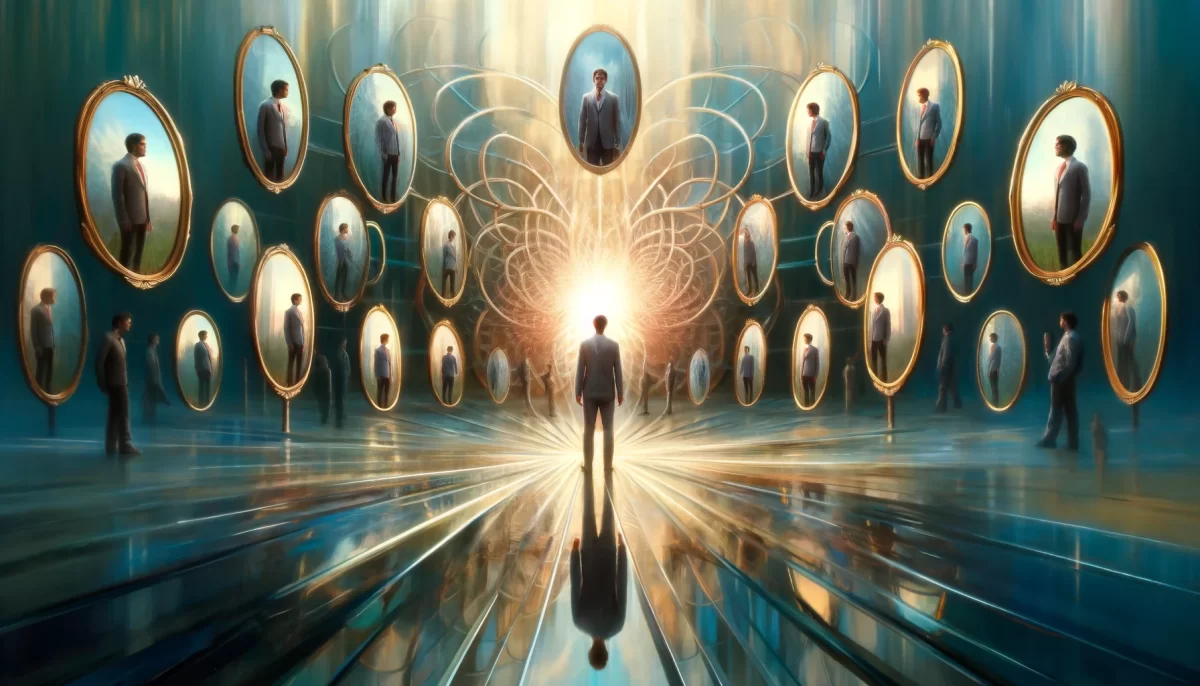
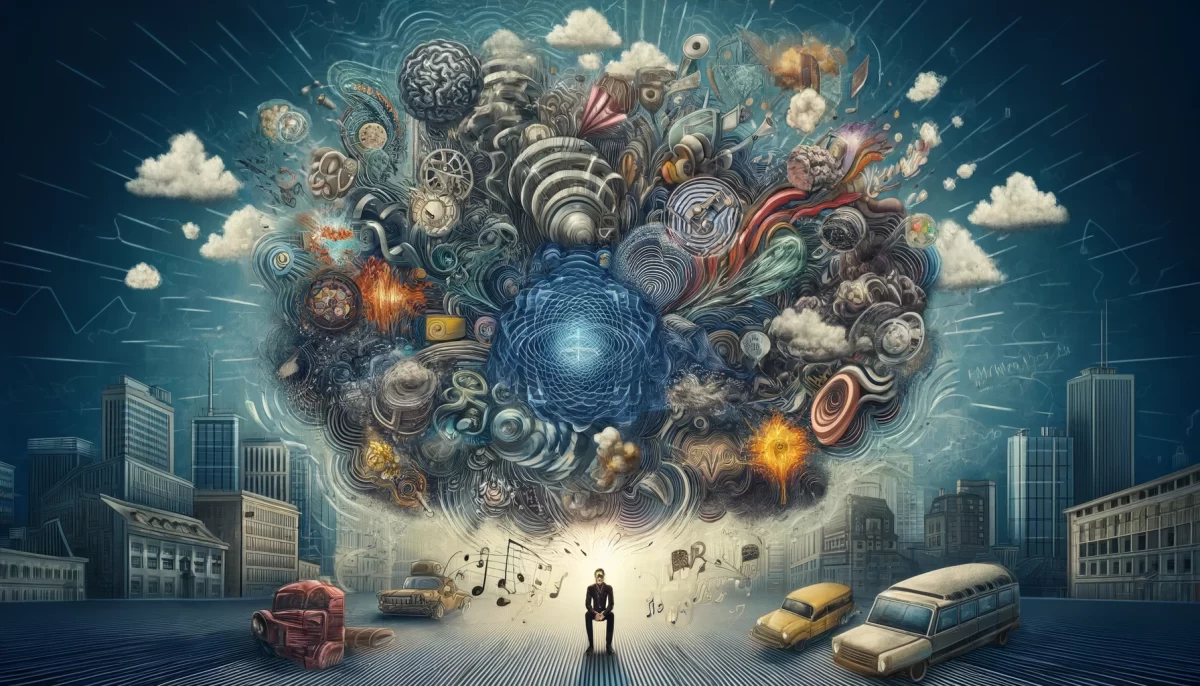
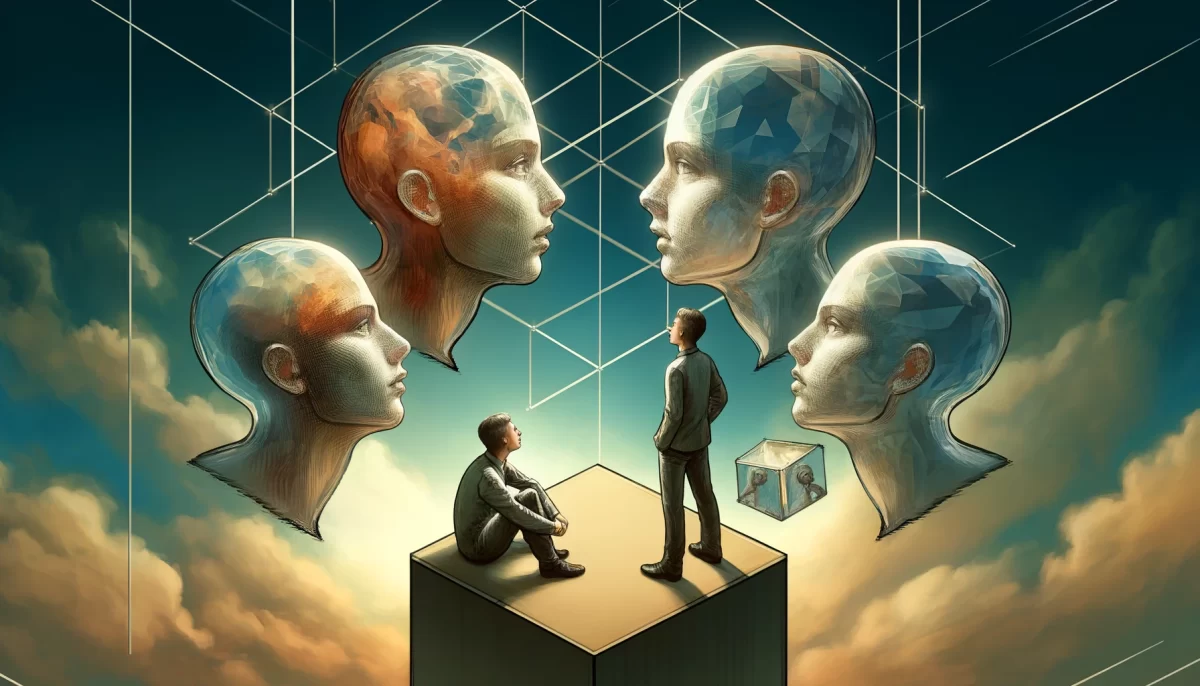
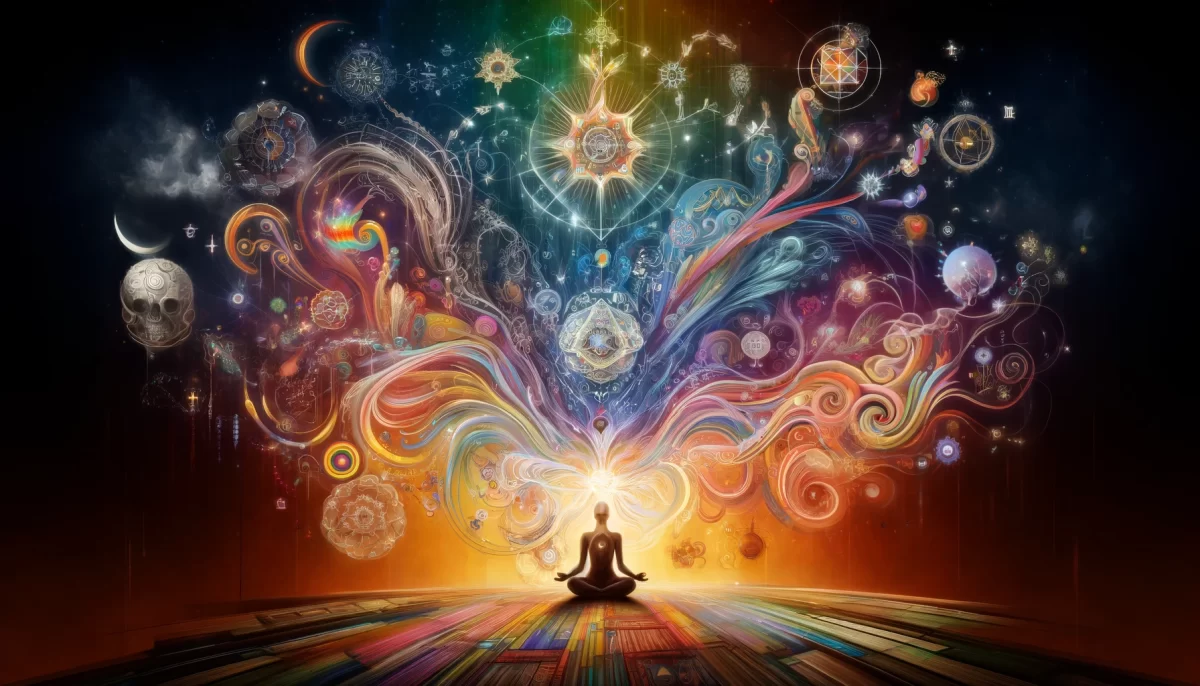
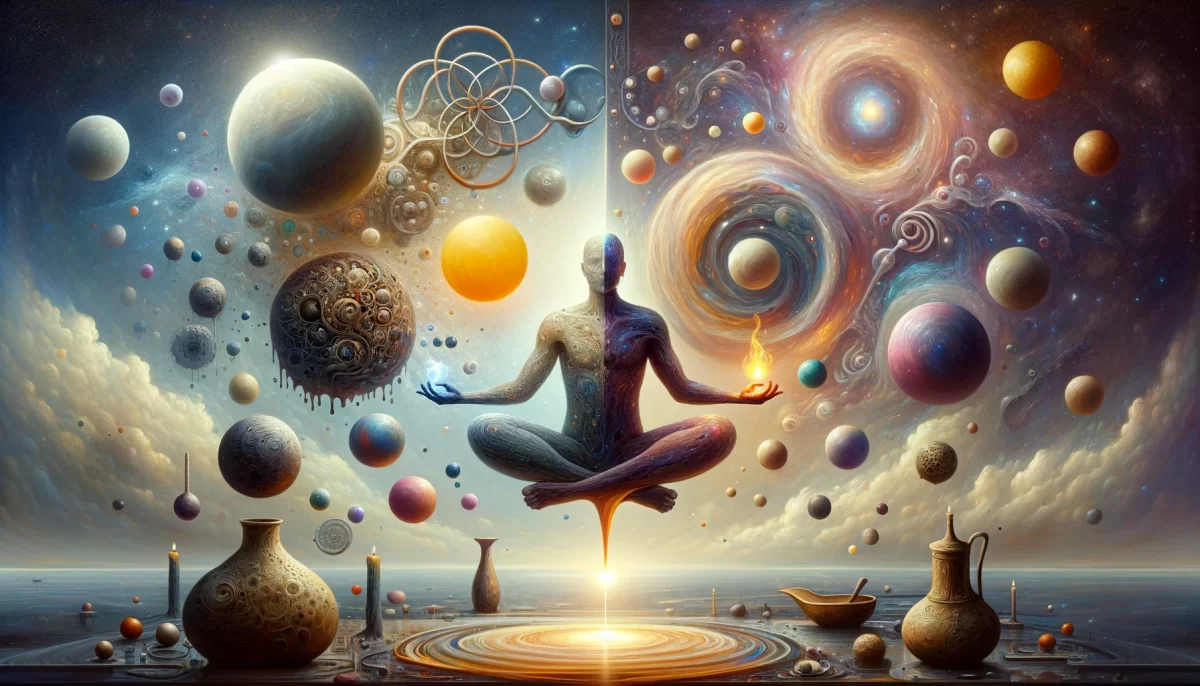

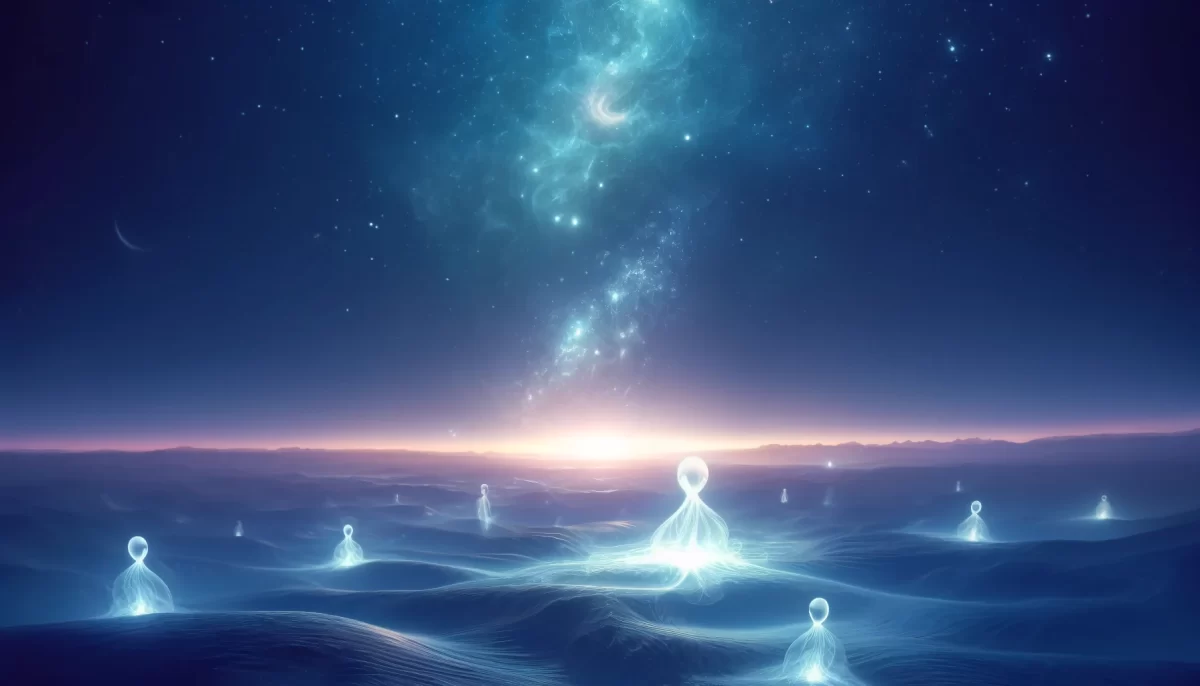
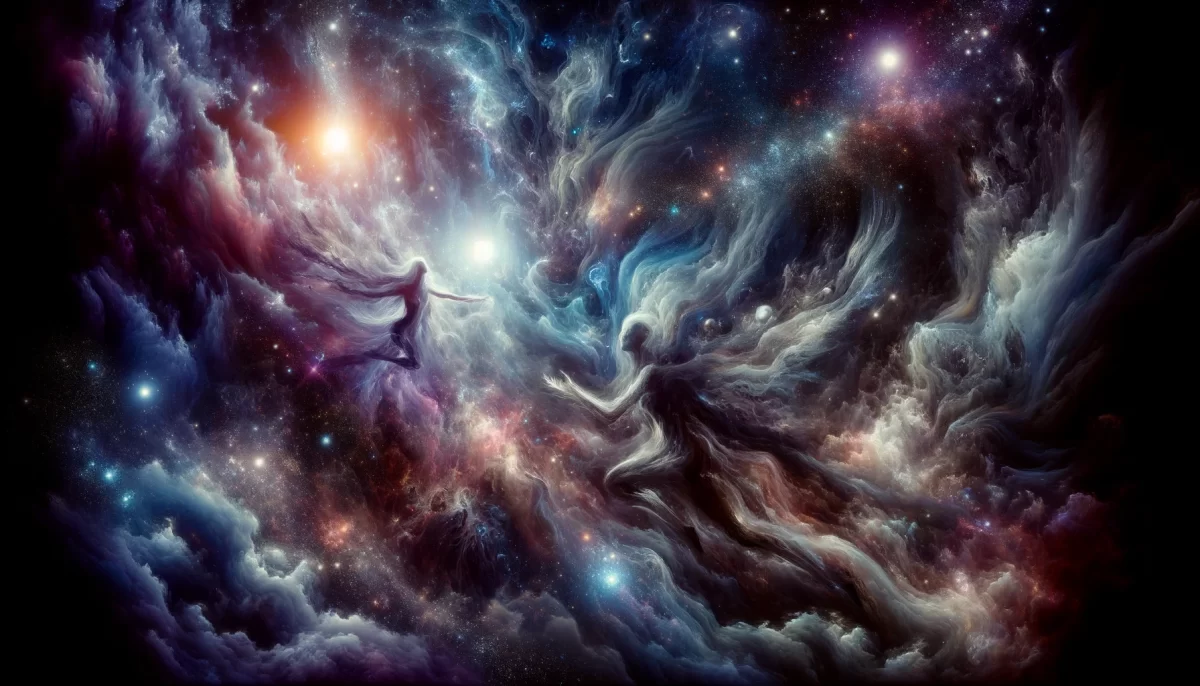
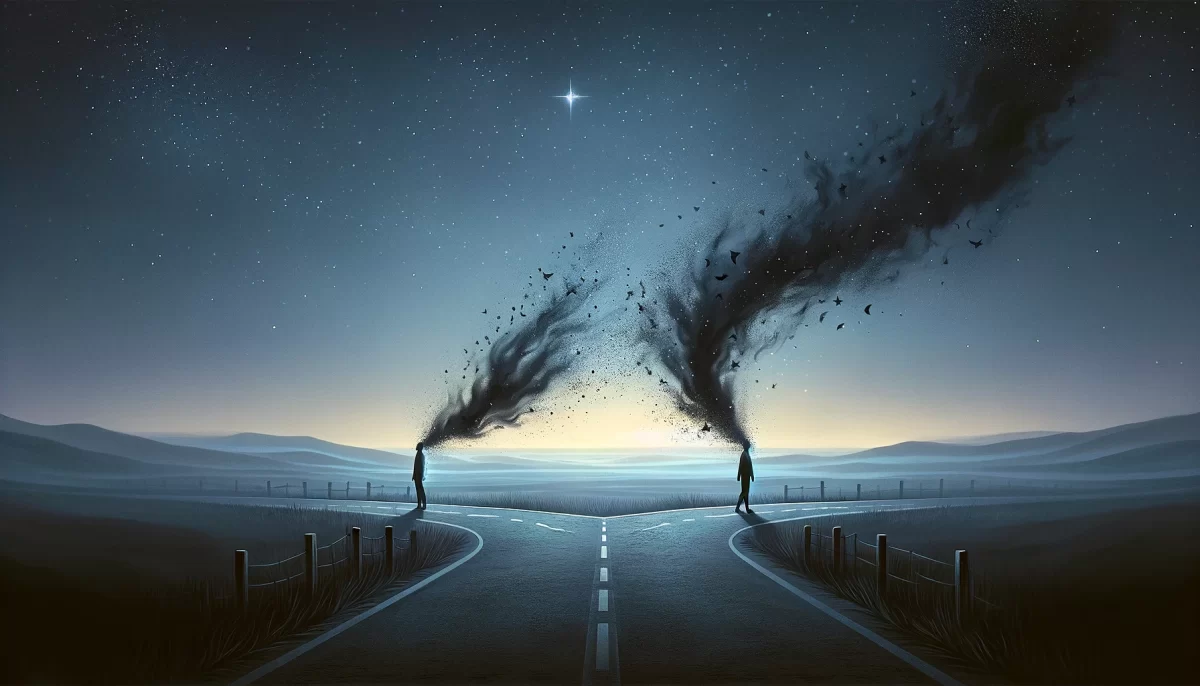
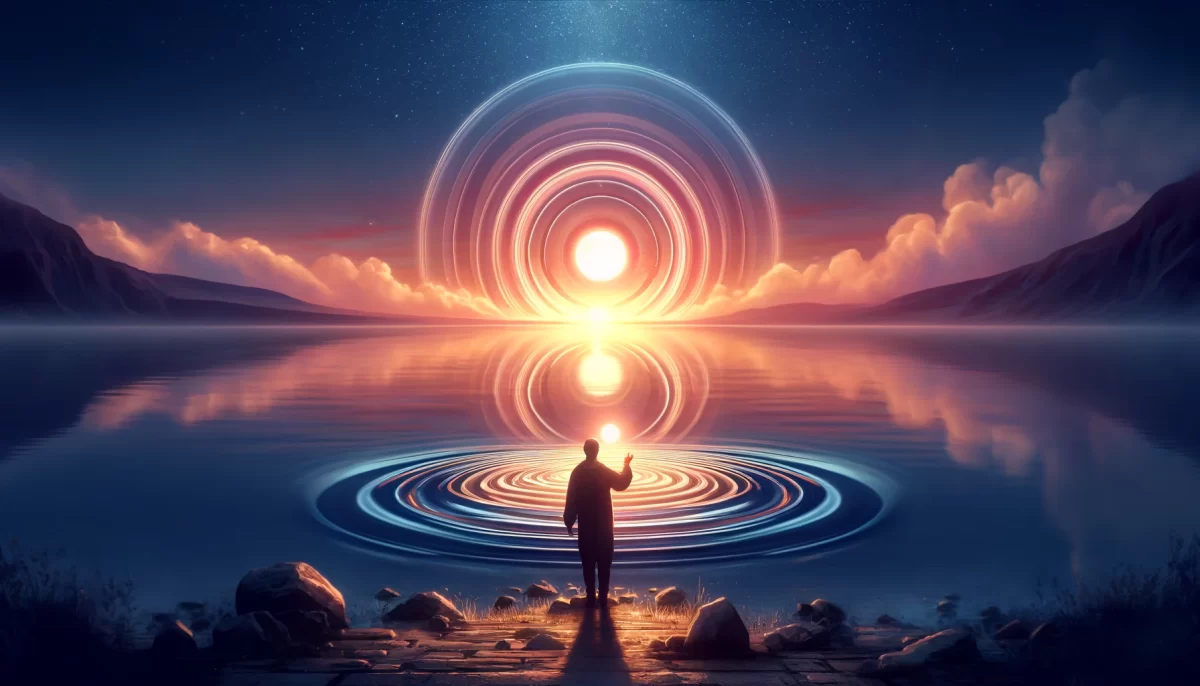
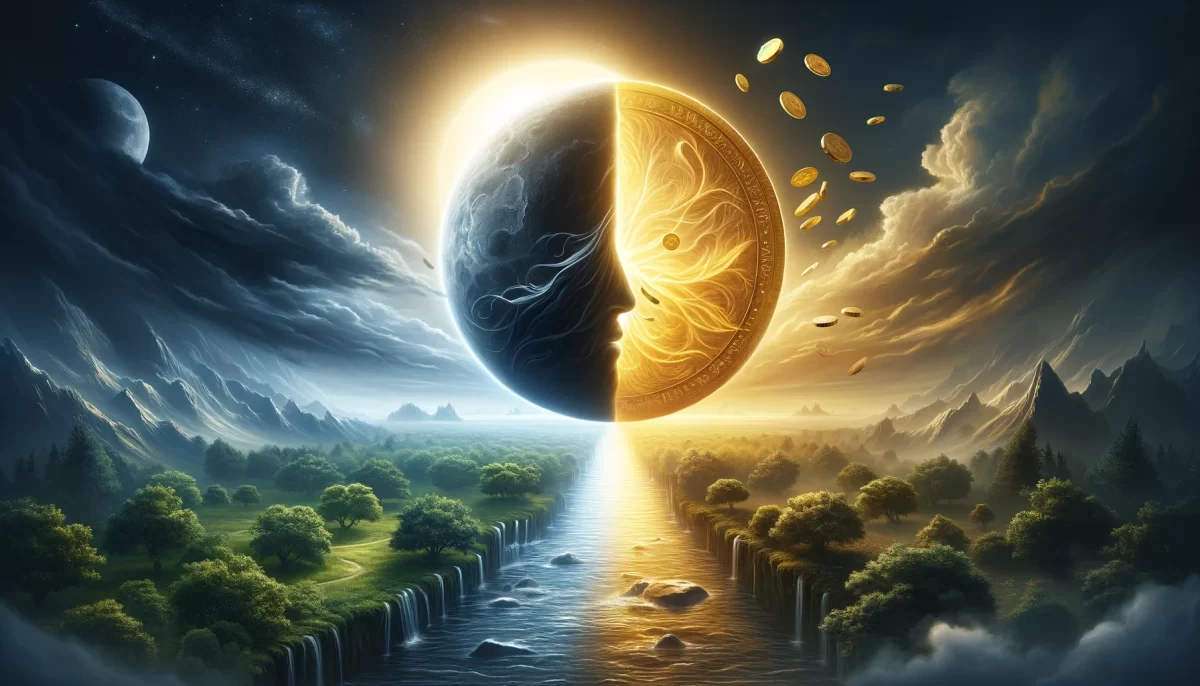
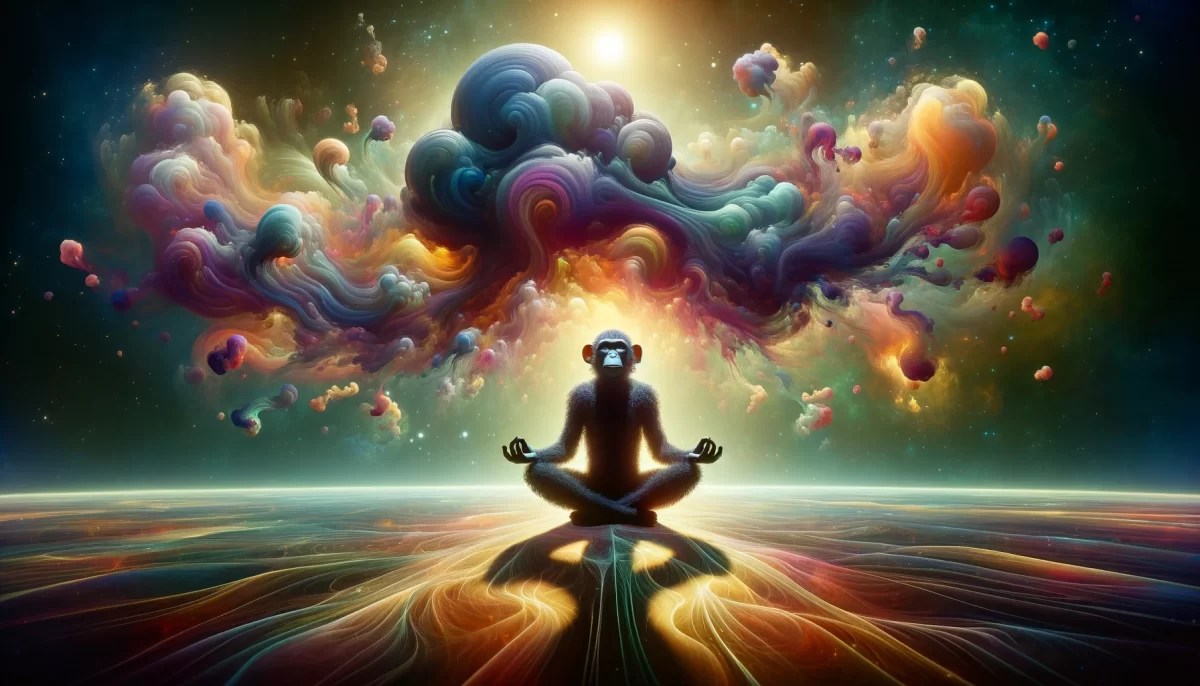

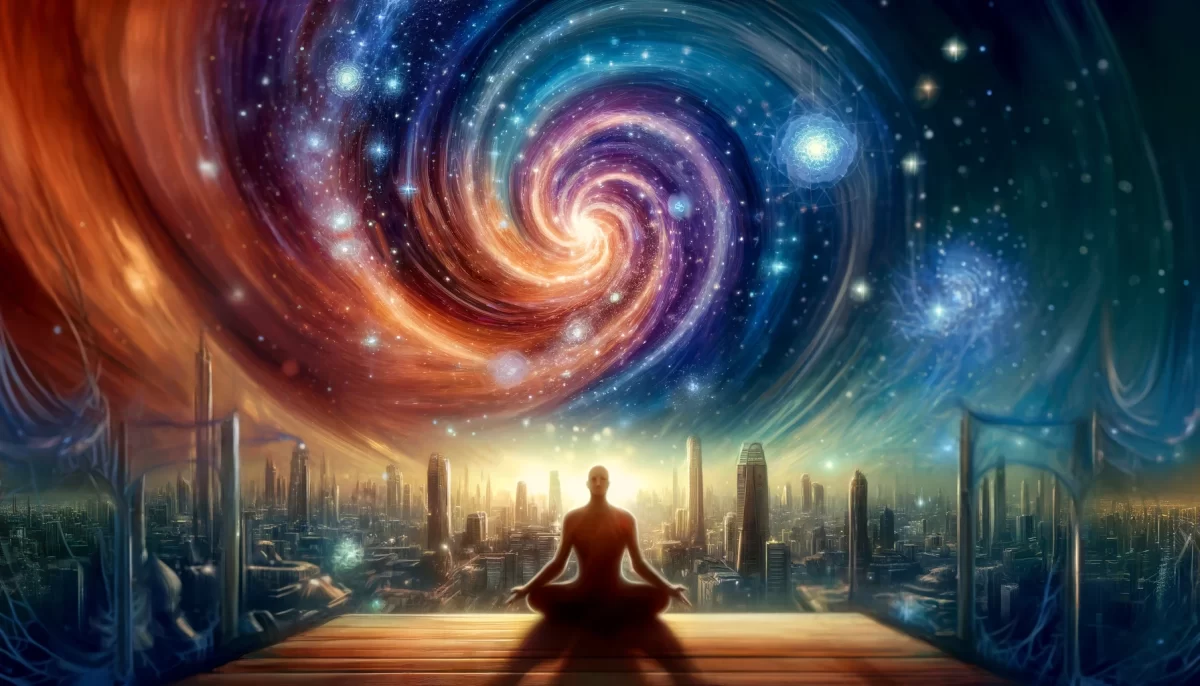
Leave a Reply